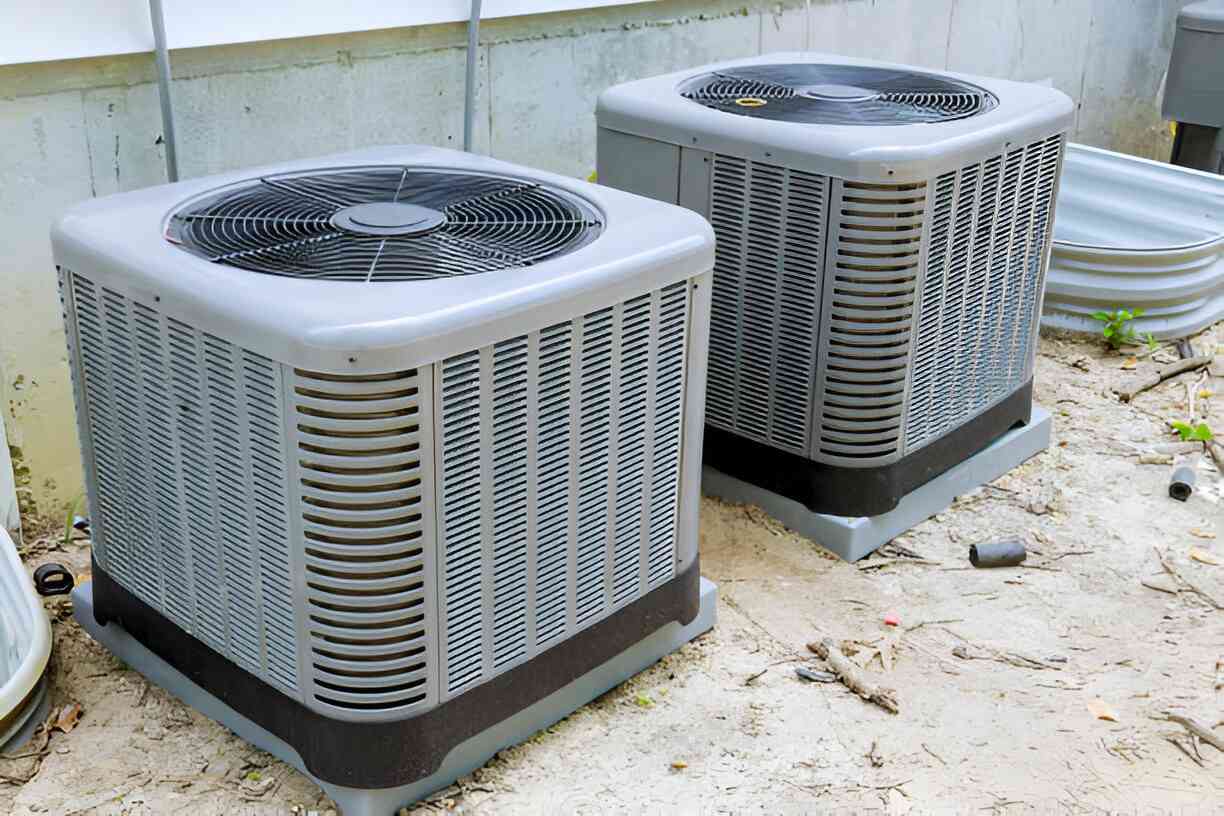AC Installation in Lakeland, FL


Why a tailored AC installation matters in Lakeland, FL
Lakeland homes face high cooling loads for much of the year. That means sizing, equipment selection, and ductwork design must account for heat gain, humidity, attic conditions, and local building codes. A properly planned installation reduces short cycling, improves comfort, lowers energy bills, and prevents moisture-related problems that are common in Florida’s climate.
Common AC installation scenarios and issues in Lakeland, FL
- Undersized units that cannot keep up during peak summer days
- Oversized systems that short cycle and fail to remove humidity effectively
- Poorly sealed or undersized ductwork causing airflow loss and uneven cooling
- Corroded or improperly elevated outdoor units in flood-prone areas or during storms
- Missing permits or installations not aligned with Polk County and City of Lakeland code requirements
- Inadequate condensate drainage leading to leaks and mold risks
- Lack of proper attic insulation or duct insulation increasing energy use
Initial on-site assessment: what we evaluate
A thorough on-site assessment is the foundation of a reliable AC installation. Key steps include:
- Home load calculation using industry-standard methods to determine the correct capacity and system configuration. Accurate sizing considers insulation, windows, orientation, occupancy, and Lakeland’s climate profile.
- Inspection of existing ductwork layout, size, condition, and insulation levels to identify sealing, repair, or resizing needs.
- Evaluation of the outdoor unit location for airflow, sun exposure, hurricane and storm resilience, and elevation to prevent water damage.
- Electrical service capacity check to confirm the panel, disconnects, and wiring meet the new equipment’s requirements.
- Assessment of condensate drainage routes and potential for secondary drains or safety switches.
Unit selection and sizing
Choosing the right air conditioner goes beyond brand and initial cost. In Lakeland, FL, emphasis is on:
- Correct capacity based on the load calculation rather than square footage alone.
- Efficiency ratings suited to frequent run times; higher efficiency helps offset cooling hours in Florida’s climate.
- Equipment features that improve humidity control, like variable-speed compressors or matched indoor coil options.
- Compatibility with existing ductwork and thermostat controls, with options for zoning if needed for multi-level or uneven homes.
Ductwork inspection and modification
Ductwork is often the weak link in system performance. A professional AC installation in Lakeland, FL will:
- Inspect ducts for leaks, crushed sections, disconnected joints, or insufficient returns.
- Seal joints with mastic or approved tapes and add insulation where R-values are inadequate, especially in hot attics.
- Resize or reconfigure ducts when necessary to match the new system’s airflow requirements and maintain balanced supply and return pathways.
- Consider adding returns, booster fans, or zoning dampers to address persistent hot or cold rooms.
Permitting and code compliance
Local permitting is a required step in most new installations. Typical compliance items include:
- Building and mechanical permits required by the City of Lakeland and Polk County.
- Adherence to Florida Building Code requirements for equipment anchoring, electrical connections, and refrigerant handling.
- Proper documentation for inspections and final approvals. Handling permits ensures the installation is legal, safe, and insurable.
Professional installation steps
A professional installation follows a disciplined sequence:
- Pre-install preparations: protect floors, set up tools, and stage equipment.
- Remove old system safely including refrigerant recovery if applicable.
- Install outdoor unit on a level, code-compliant pad or elevated base; secure per local wind and storm requirements.
- Install indoor coil or air handler, ensuring proper drainage slope and access for maintenance.
- Connect refrigerant lines, electrical wiring, and controls to manufacturer specifications and code.
- Seal and insulate line sets and duct connections to minimize losses.
Post-installation testing and commissioning
Commissioning verifies the system meets design performance:
- Evacuate and charge refrigerant to correct levels, and test for leaks.
- Measure airflow, static pressure, and temperature split to confirm proper performance.
- Test safety devices, condensate drains, and control sequences.
- Verify thermostat calibration and any smart control integration.
- Complete required permit inspections and record test data for homeowner files.
Homeowner orientation and maintenance advice
After installation, homeowners receive a clear orientation covering:
- How to operate thermostats for comfort and energy savings, including humidity management strategies.
- Filter types and replacement intervals, plus how to change basic filters safely.
- Condensate line care, what to watch for with drains, and signs of restricted airflow.
- Seasonal maintenance recommended for Florida climates, such as pre-summer tune-ups and fall checks for irrigation or landscaping that could affect outdoor units.
Warranty and documentation
Professional installations include two types of coverage:
- Manufacturer warranty on the equipment, which typically covers parts and may require registration.
- Labor or installation warranty covering workmanship; understand the duration and what is included.
- Documentation provided should include model and serial numbers, warranty paperwork, installation checklists, and commissioning reports needed for future service or warranty claims.
Long-term benefits and seasonal tips
A correctly installed AC delivers reliable comfort, lower energy use, and improved indoor air quality in Lakeland, FL. To keep systems performing:
- Schedule annual preventive maintenance focused on refrigerant charge, coil cleaning, and airflow checks.
- Keep outdoor unit clear of vegetation and allow four feet of clearance for airflow.
- Replace filters regularly and consider higher quality filtration or dehumidification for homes with allergy or moisture concerns.
- Address attic insulation and ventilation to reduce cooling loads and protect ductwork performance.
A professional AC installation in Lakeland, FL that includes careful assessment, right-sized equipment, duct optimization, and code-compliant practices will ensure your home stays comfortable and efficient through Florida’s long cooling season.
Service Areas


